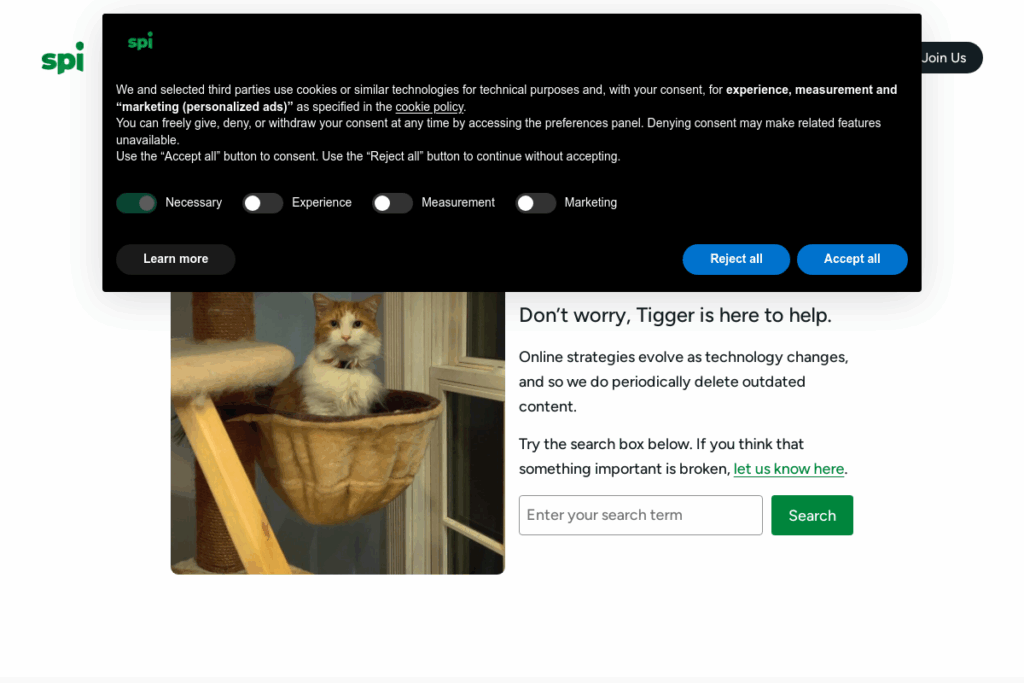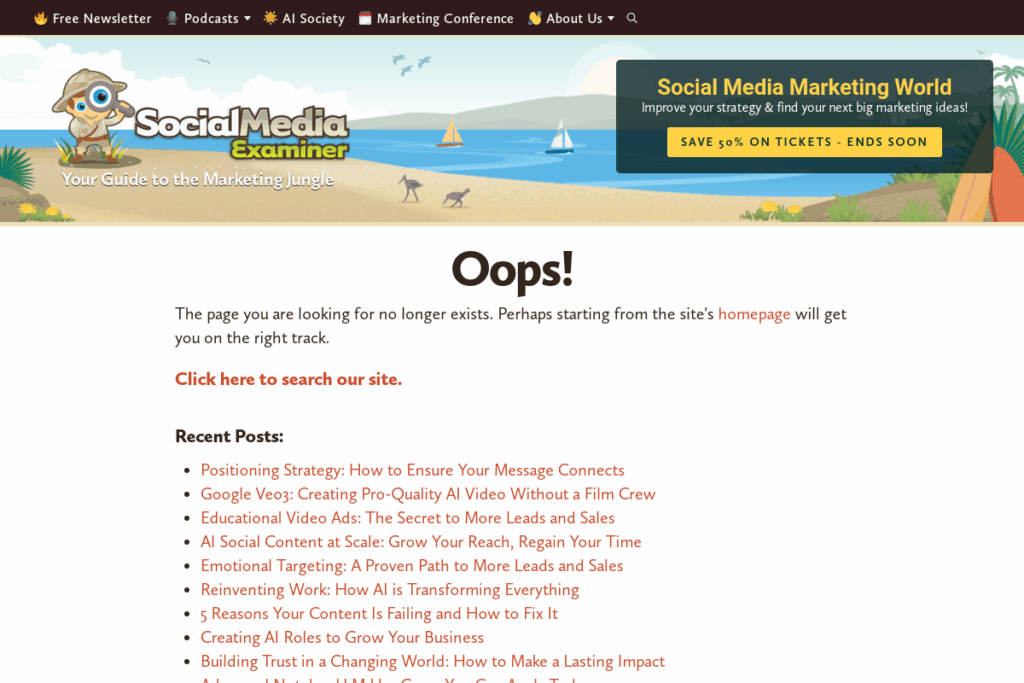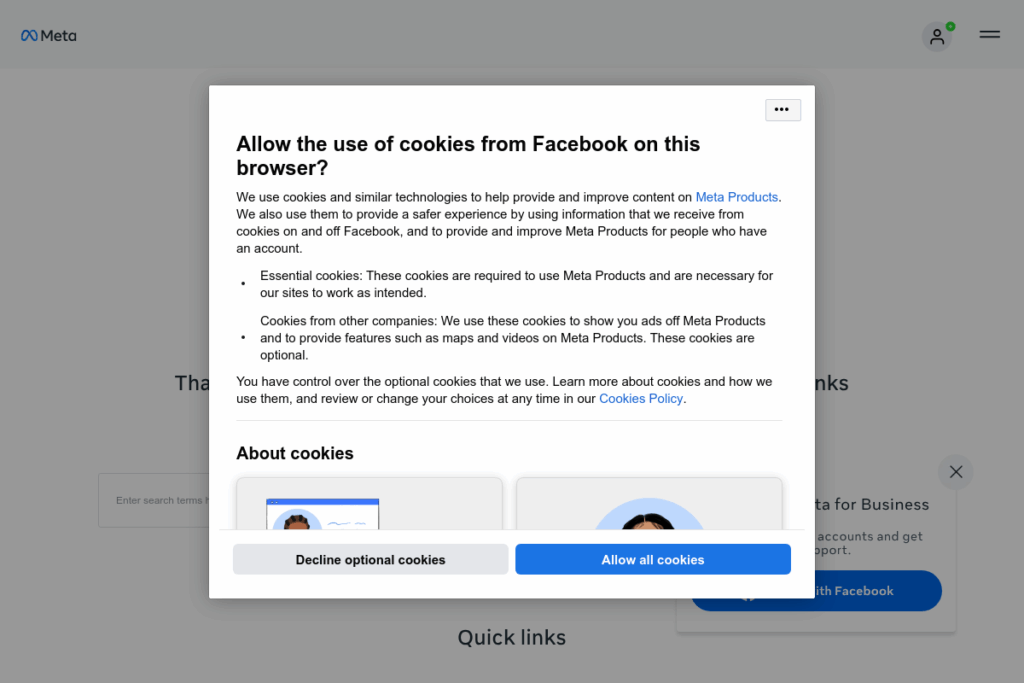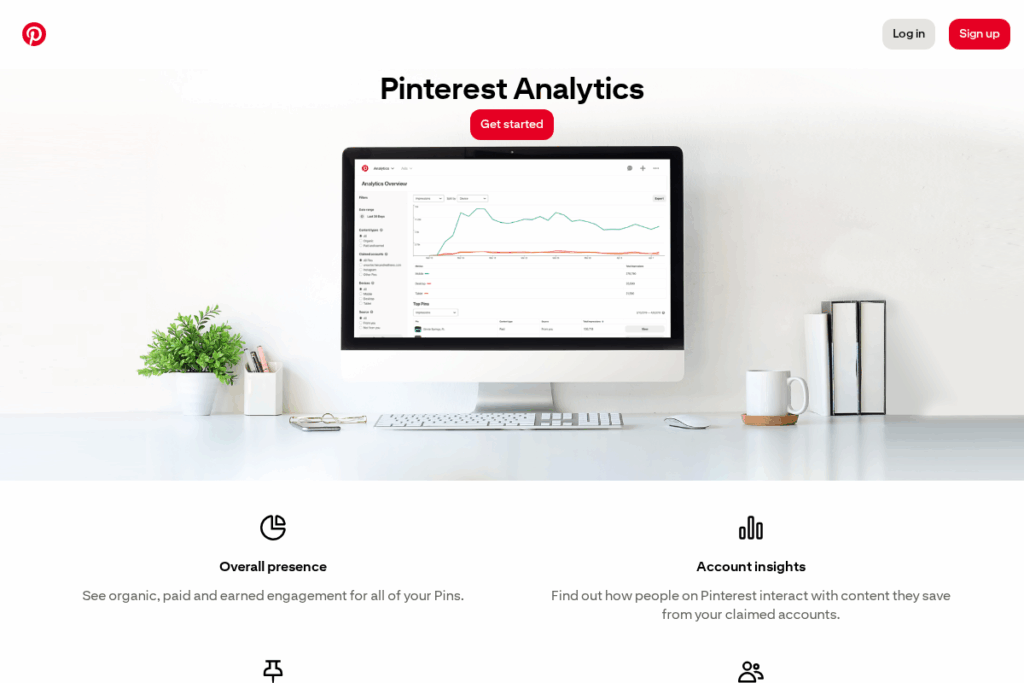There’s something thrilling about transforming a spark of creativity into real, reliable income online. Group boards have played a game-changing role in my own journey from side hustle to full-time freedom. They bring flexible, community-driven growth to digital entrepreneurs—especially those who value balance rather than burnout. Whether you’re scaling a blog, building an online business, or just getting started, diving into group boards can open doors to greater traffic and earnings, all while letting you enjoy small life pleasures along the way. Ready to harness group boards for real online income? Let’s dive into a practical, actionable guide I wish I’d had when I started.

1. Understand What Group Boards Really Are
At their core, group boards are collaborative spaces—mainly on platforms like Pinterest, but also on Facebook and even LinkedIn—where multiple contributors share their best content. When you join, your posts are seen by the board’s entire audience, not just your own followers. For bloggers and online entrepreneurs, this means the chance to amplify your reach and connect with like-minded creators. Group boards have evolved as strategic growth tools, offering access to targeted communities hungry for fresh ideas. If you’re building an income stream or scaling a side hustle, understanding group boards is a must. For example, learning who runs the board, their posting guidelines, and expected engagement can prime you for success and set you apart from spammy self-promoters. For more smart ways to monetize creative platforms, see how others are cashing in by making money through WhatsApp.

2. Find Profitable and Active Group Boards
Start by identifying group boards that match your niche, audience, and goals. Look for boards with active members, regular pins or posts, and a clear focus that aligns with your brand. Tools like PinGroupie make it easier to sort and filter Pinterest boards by category, size, and activity level. On Facebook, you can search for business or blogging groups where board sharing is encouraged. Watch for active discussions and a consistent posting rhythm; this signals genuine engagement, making your contributions more likely to get noticed. Read independent reviews, such as insights from Hootsuite’s Pinterest board strategies, to see real growth stories. Quality beats quantity in group board selection—you want to build valuable relationships, not just blast your content.
3. Request Access the Right Way

Once you’ve found promising group boards, your first interaction matters. Follow the board owner’s joining instructions exactly. Usually, this means following their main account and sending a thoughtful request message. When you introduce yourself, mention briefly who you are, what value you bring, and why you’re excited to contribute. Avoid copy-pasting the same message everywhere—a personal touch gets noticed. On platforms like Pinterest, double-check that your profile showcases your best work and is consistent with the content of the board you’re applying to join. Many successful Pinterest strategies boil down to connecting and collaborating, as highlighted in this Smart Passive Income guide. Treat board owners and moderators with professional courtesy, which sets the stage for lasting partnerships.

4. Create and Curate High-Quality Content
Before contributing, be sure your content stands out. High-quality, value-packed posts are what group boards live for. Eye-catching images, clever headlines, and clear calls to action can distinguish your contributions from the crowd. For Pinterest, vertical images with punchy graphics tend to get more engagement, while for Facebook or LinkedIn, discussion-sparking questions or case studies may shine. Curate additional resources when appropriate, adding genuine value to the board’s followers, not just your own. Explore Canva for templates and design ideas that make posts pop. For direction on creating profitable content in digital marketing, check out these clever business ideas in digital marketing. Good group board etiquette includes regularly engaging with others’ posts too—not just dropping your own links and leaving.
5. Schedule and Automate for Consistent Results

Consistency is the not-so-secret weapon of group board success. Scheduling tools like Tailwind let you plan out your pins or posts in advance, ensuring you stay active without the daily grind. Automation helps you maintain visibility and traction, which is particularly useful if you’re balancing a side hustle alongside a busy life. Most group boards favor regular contributors, not sporadic ones. When you set up a weekly posting routine, you’re more likely to grow both your reach and your income. Read about the success others have found through automation in Social Media Examiner guides. Remember to vary your content and monitor which posts perform best on each platform—you can refine your strategy for maximum results.
6. Boost Engagement and Build Relationships

Engagement is the real currency of group boards. When you actively comment, repin, or share other members’ content, you nurture a collaborative culture—and people naturally reciprocate. Engaged boards thrive, which means your own content can take off thanks to word-of-mouth sharing and increased algorithm visibility. Go beyond self-promotion by starting meaningful conversations or sharing advice. If you’re looking for ways to interact while keeping things low-pressure, you might appreciate some of these creative online jobs for quiet personalities. Don’t forget to thank board owners or standout contributors publicly. These small personal touches help you stand out in crowded groups and can lead to long-term collaborations that further boost your income.
7. Measure Results and Optimize Your Strategy

The last step is treating your group board activity like a business: analyze, adjust, and grow. Tools such as Pinterest Analytics or Facebook Insights let you track traffic, engagement, and conversions coming from your group board posts. Note what types of content or calls to action drive the most engagement or clicks, then double down on what works. If a particular board stops delivering quality results, don’t hesitate to shift your focus to more productive spaces. For even more structured optimization, you can consult blog posts by data-driven marketers or see how others are leveraging SEO and group boards for exponential growth. Make it a habit to review your progress every few weeks and refine your game plan for bigger, more balanced wins.
Group boards represent one of the most flexible and rewarding paths to online income. The right approach lets you build relationships, reach new audiences, and multiply your impact—all while keeping time for the things that matter most. You don’t have to sacrifice joy or freedom to build real wealth online. Whether you’re starting with just an idea or already running an online business, you’re only a few steps away from turning group boards into your next successful side hustle.

